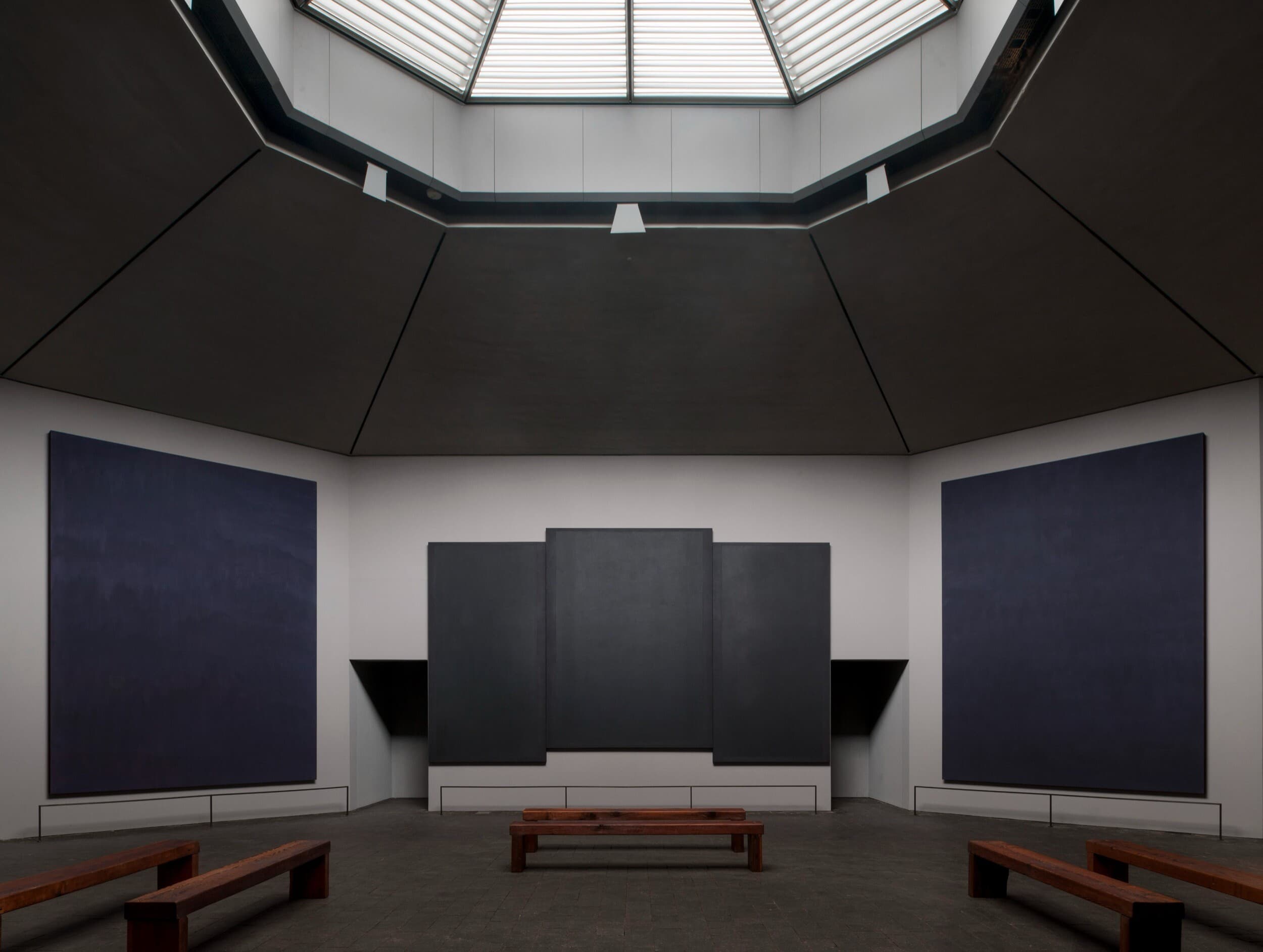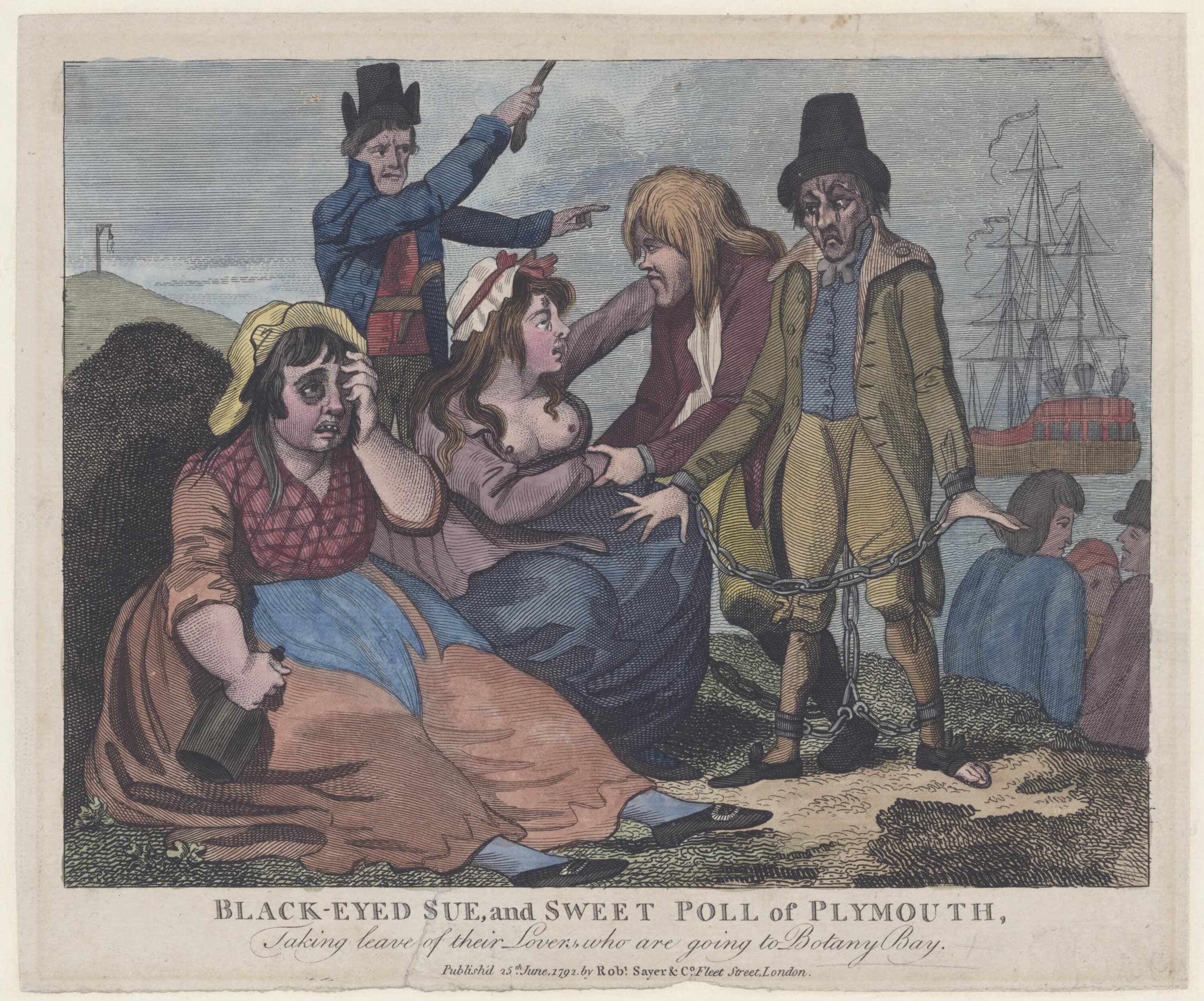Archie Moore: The Stalker
From borrowing Tarkovsky at the UQ library to representing Australia at the Venice Biennale, Archie Moore’s art interrogates memory, history, and place. But what role does cinema play in his practice?
By Rex Butler
Issue 1, Summer 2023/24
Most people got to know of Archie Moore when he installed a small brick hut on the tip of Bennelong Point on Sydney Harbour, just behind the Opera House and near the luxury Bennelong Apartments, for the 2016 Biennale of Sydney. Entitled A Home Away from Home (Bennelong / Vera’s Hut), the work recreates the exterior of the house Governor Arthur Philip built for Woollarawarre Bennelong (ca. 1764–1813), a senior man of the Eora people. Philip had previously captured Bennelong, following orders “to endeavour, by every means, to open an intercourse with the natives.” But the interior of the hut, with its single-room dirt floor and upturned kerosene can to sit on, was a recreation of the dwelling in which Moore’s grandmother, Vera Cleven, lived in the small town of Glenmorgan, located on the Darling Downs in Western Queensland. And, for all of its humble and easy-to-overlook appearance, A Home Away From Home managed to make one of the most iconic and spectacular views in the world look strange and unsettling, reminding us that it sat on the runs or remains of a previous civilisation.
Exclusive to the Magazine
Archie Moore: The Stalker by Rex Butler is featured in full in Issue 1 of Memo magazine.
Get your hands on the print edition through our online shop or save up to 20% and get free domestic shipping with a subscription.
Related

The APY Art Centre Collective scandal, ignited by Murdoch’s The Australian, exposed more than allegations of interference—it revealed power struggles in the Aboriginal art industry and became a flashpoint for culture wars. As institutions, dealers, and politicians jockeyed for position, the artists were caught in a battle over authenticity, control, and the future of Aboriginal contemporary art.

By recasting Black-Eyed Sue and Sweet Poll in shackles, Sayer’s 1792 engraving subverts the sailor’s farewell to reveal convict and naval cruelty as mirror images.
